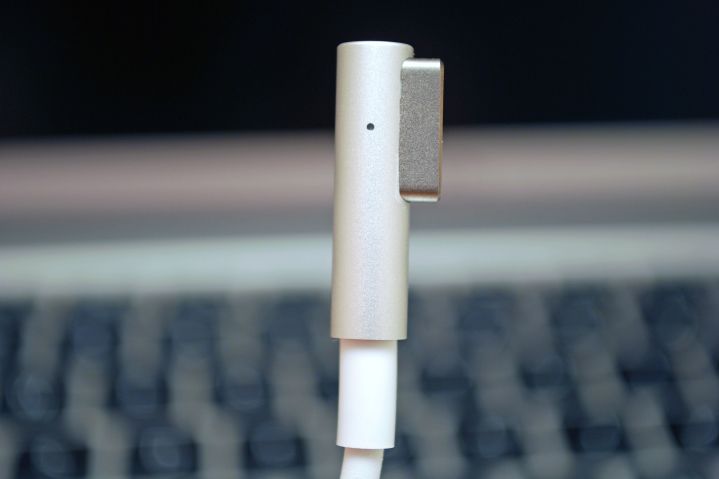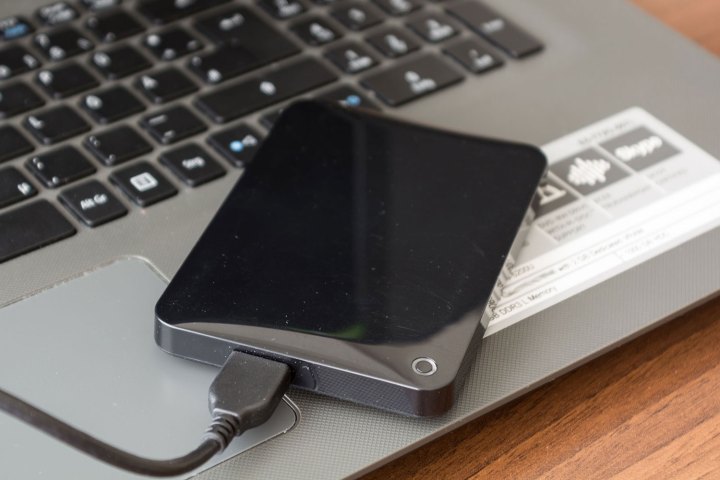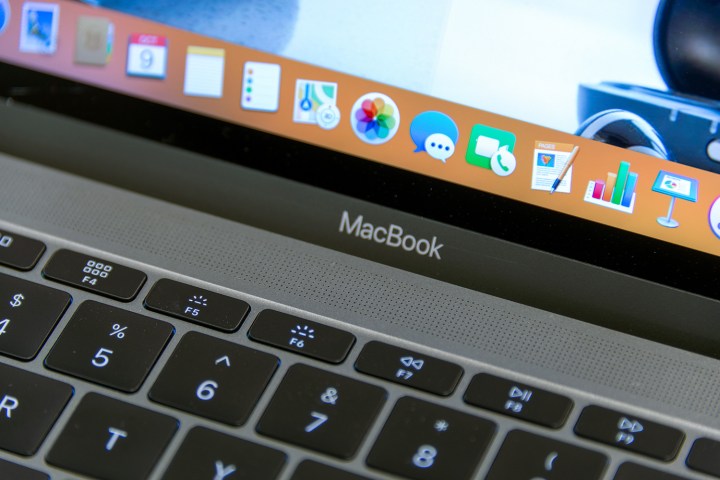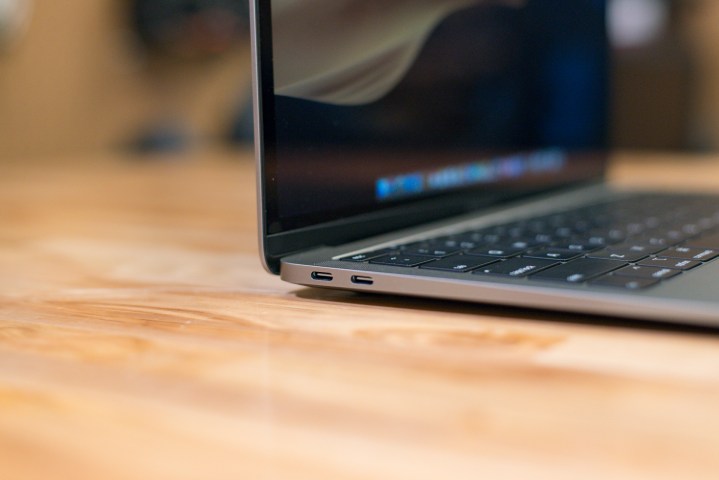If you love your MacBook, it probably kills you when you run into problems with it. Is there something wrong with your hardware, or is MacOS experiencing some problems? What tools can help you find the source of the issue and fix it? Should you take your MacBook to a professional, or should you even consider replacing it?
Don’t worry — we can help! Let’s go over the most common problems for the MacBook, MacBook Air, and MacBook Pro and what you can do about them. Back up your data if you can, and check out the list to find the right solution.
The MacBook keeps suddenly dying

First, check to see if the battery is charging properly. If it’s not, head down to where we talk about MacBooks that can’t charge. But if your Mac is shutting off randomly even with a healthy battery percentage, that indicates a different kind of problem.
If this shutdown happens, restart your Mac with the power button and wait for it to power back on and load MacOS. Once MacOS loads, choose to restart your Mac again. This allows your MacBook to perform a healthy, full shutdown procedure. Now try resetting your System Management Controller (SMC). This controls many of the important hardware processes of your Mac, like battery charging, sleep modes, and more. If something has gone wrong, resetting the SMC is a quick way to fix it.
If the SMC step doesn’t work and your Mac keeps on shutting down, it’s probably time to take it into an Apple Store. Depending on your warranty, you may be able to get a replacement.
The startup only shows a blank screen

A failed MacBook startup can show a few different colored screens, and each means something difference. If you see a black or blue screen that won’t go away, that’s a sign that your Mac probably froze trying to load a problematic app or login function. Restart your Mac by pressing the power button for around 6 seconds (if this doesn’t work, try booting in Safe mode). Then try removing any troublesome apps or login items that may not be compatible. A program like CleanMyMac can be of great help when doing this.
A gray screen, meanwhile — which may have the Apple logo in the center — is a sign that important software is failing to work correctly. Try manually restarting and opening in Safe mode if possible. If there are any updates that can be applied to MacOS, try updating and see if this fixes the problem. If not, stay in Safe mode and try using the Disk Utility tool to locate and fix any disk problems that are keeping your Mac from working.
The FaceTime camera image is very poor quality

This is a recent problem noticed chiefly among MacBook Air models. The FaceTime camera image shows a very poor, grain representation of your face, and sometimes its so bad FaceTime isn’t even worth using.
This particular problem probably isn’t related to hardware, which means that your MacBook camera is probably functioning normally and can complete other camera-related tasks. But that’s worth testing. If you can get other video communication apps to work properly, the problem is with FaceTime software. There’s not much you can do here except apply any waiting MacOS updates to see if they fix the problem.
If your video isn’t working on any apps at all, the problem could be something else. Try taking your Mac into an Apple Store when you have time and asking them to take a look.
External devices won’t connect properly

First check to see if the device works properly on other computers so you can narrow the problem down to your Mac. Next, check to make sure that the device is properly plugged into the correct port on your Mac, and that the port and the cable are not damaged or blocked in any way. Finally, restart your MacBook and, if necessary, the device.
If these steps don’t fix the problem, then look up your device and check to make sure it’s compatible with your Mac, and plugged into the right version of the port. This can be an issue with older USB ports and newer devices. If everything seems okay, try resetting the PRAM/NVRAM and SMC to see if maybe a settings glitch is interfering in device connections.
Still not working? You should also take the time to plug in another compatible device into the same port to make sure there’s nothing internally wrong with the port. If there’s a hardware issue inside your Mac that’s keeping the port from working entirely, then it’s time to take your Mac into the store.
The Mac screen keeps flickering

These flicker problems often look intermittent dimming, or even a complete loss of resolution that seems to rapidly repeat. There are a few different things that can cause this issue. First, check for any physical screen damage, which is always a good idea when this problem begins. If the screen appears fine, you can try these steps to see if the help resolve the issue.
- Reset PRAM/NVRAM. This is often effective at fixing minor flickering issues.
- Check for any MacOS updates that you haven’t applied yet and update if you can.
- Are you using Chromium or Firefox? Both these programs have been known to cause flickering issues in Macs. Trying disabling or removing these programs if you have them, and see if this fixes the issue.
- Enter in safe mode and see if you can isolate another app that may be causing the problem
The MacBook sound suddenly cuts out

First, make sure that it’s not a particular app that’s causing the problem. Do you still get reliable sound from other sources, like iTunes? If so, then the app may need to be updated or debugged to restore its sound.
If the problem happens to all sound on your MacBook, you have a widespread issue. First, try resetting PRAM/NVRAM and SMC to see if this fixes the problem. A settings issue may be preventing your audio from playing properly, and resetting these functions can clear it up.
We go into a bit more detail about fixing Mac sound here, but if these solutions aren’t working, it’s likely a hardware issue. Did you recently bump your Mac or spill something on it? It’s time to take it into an Apple store for a more in-depth inspection.
The MacBook is running very slowly

Many slowdowns are caused by doing too much at the same time and eating away at your RAM, or filling your hard drive so full your MacBook is struggling to read and write data efficiently. If this is your problem, the best fix is a Mac upgrade, although clearing hard drive space and opening fewer tabs at once can also help. If your Mac is suspiciously slow and it really seems like something has gone wrong, there are a few things you can try:
- Restart your Mac. Sometimes it’s just that simple!
- Apply any updates, especially if it’s been a while since you’ve updated.
- Open up Activity Monitor and see if there’s an unexplained app running and taking up way too many resources. This could be a sign of malware or another issue. Removing the offending program should help matters
- Clear your desktop of files. All those icons are actually a pretty big drain on Mac resources!
- Run your virus scanner and Apple Diagnostics, and see if they pick up any problems.
- If the slowdown is accompanied by unusual noises, take your Mac into the Apple store to see if it’s a hardware or overheating issue.
The MacBook can’t charge when plugged in

Start with the basics. Is the outlet working? Is everything plugged in? Does your charger and cable show any signs of damage, or are there blockages that are preventing the charger from properly connecting? Keep in mind, chargers and Macs can overheat and may need to cool down before charging properly.
If checking on these things doesn’t help, apply any software updates, restart your Mac, and reset the PRAM and SMC settings to see if this helps.
If there’s still no luck, press down the Option key on your keyboard and click the battery icon on your menu at the same time. This allows you to choose advanced options in your battery menu, and check up on your battery helps. If the menu says to replace or service your battery, it’s time to take your Mac into the store for a closer look.
The MacBook Bluetooth won’t turn on (or off)

If you are having trouble turning your Bluetooth on, visit System Preferences and choose Bluetooth to make sure all your settings are working, and that you can keep an eye on devices that you have paired in the past. Sometimes it’s as simple as selecting Turn Bluetooth On in this menu.
If you can’t connect a fully power Bluetooth device, make sure your Mac is updated, and restart the MacBook and the Bluetooth device to see if this fixes the issue. If not, we suggest also moving to a more open area away from appliances and trying again: Sometimes bad interference can keep Bluetooth devices from working properly.
Finally, you can try to open the Terminal and manually force a reboot of your Bluetooth. Type the command
“sudo rm -R /Library/Preferences/com.apple.Bluetooth.plist”
and hit Enter. Enter your password if required, and hit Enter again. Now restart your MacBook, turn on your Bluetooth, and see if it works.
Some MacBook keys stopped working

This is a problem with some MacBooks, particularly the 2016 versions. The keys would stop working, start making weird noises, or just feel off (this may be especially noticeable when the MacBook has heated up).
This is a widely recognized problem, and we recommend that you take your MacBook into an Apple Store and see if they will replace it. However, if you really want to try dealing with the problem yourself, then grab a can of air. Hold your MacBook carefully so the keyboard is vertical, and blow air between the keys. This can dislodge dust and may help fix some of your keyboard problems.
The Mac won’t shut down

It isn’t uncommon that Macbooks fail to shut down because they freeze during the process. After realizing that your Mac is indeed frozen and cannot complete the shutdown process, you will have to check your Mac to see if open apps are causing the freeze. Open apps that refuse to close down will inhibit your MacBook from shutting down, so you will have to choose the force quit option for all frozen apps. If this happens regularly, try updating all your apps and see if this does the trick.
If shutdown problems continue, try resetting the NVRAM and SMC to see if this helps. You have the additional course of action to employ a more profound troubleshooting endeavor by running Apple Diagnostics. If Apple Diagnostics doesn’t resolve your shutdown impediments, you can switch to Safe Mode, then try reinitiating your Mac.
Finally, try heading to System Preferences, go to Security & Privacy, and head to FileVault. Make sure you have switched FileVault off. It’s a common occurrence for shutting down to encounter stalls due to FileVault.



